Home>Technology>Home Entertainment Systems>How To Improve Home Theater Sound
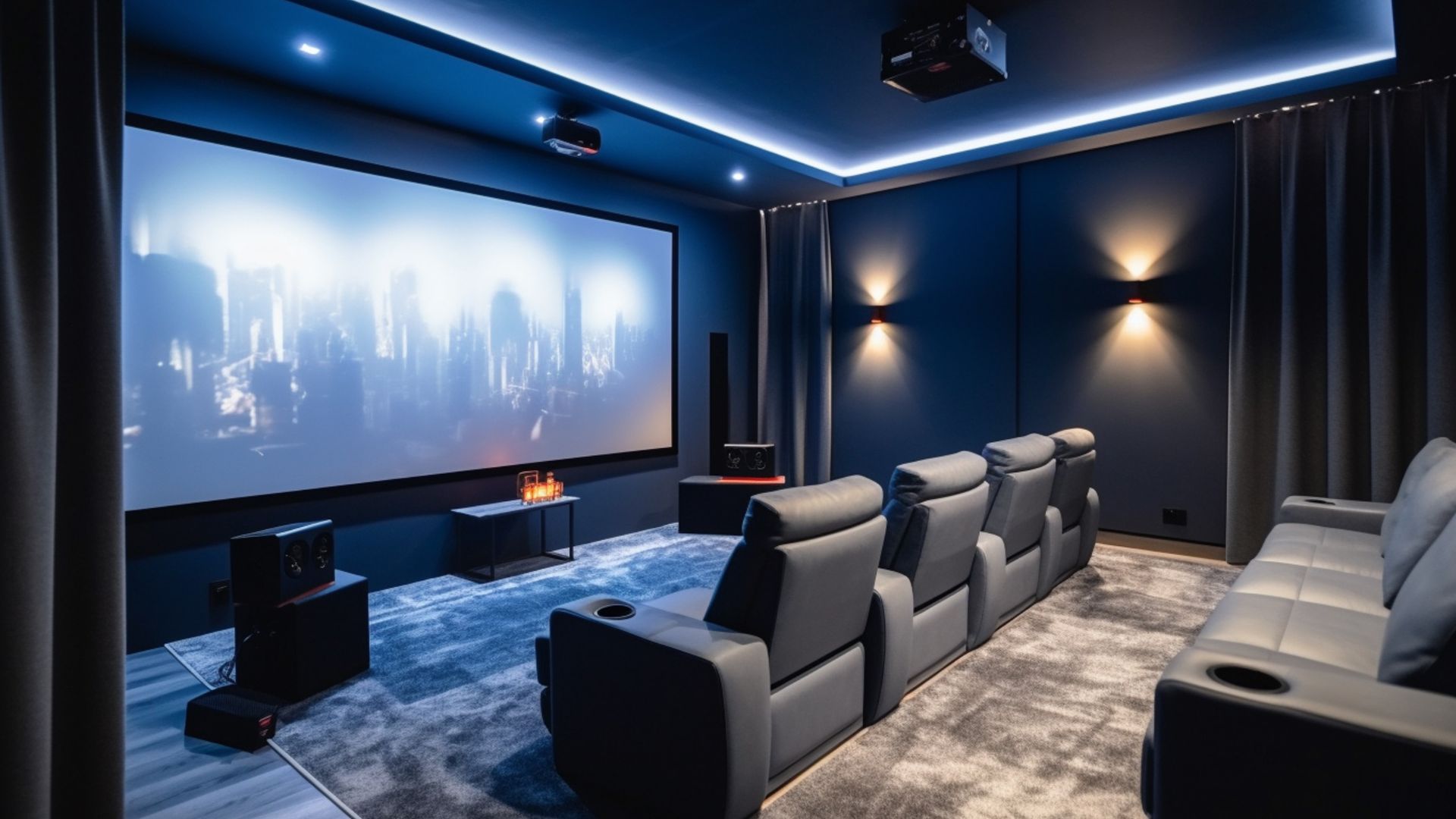

Home Entertainment Systems
How To Improve Home Theater Sound
Modified: March 21, 2024
Enhance your home entertainment experience with our expert tips on improving home theater sound. Discover how to optimize your home entertainment system for the ultimate audio quality.
(Many of the links in this article redirect to a specific reviewed product. Your purchase of these products through affiliate links helps to generate commission for Storables.com, at no extra cost. Learn more)
Introduction
Creating an immersive home theater experience involves more than just a high-definition display and comfortable seating. The quality of sound is equally crucial in elevating the overall entertainment ambiance. Whether you're a movie enthusiast, a gaming aficionado, or a music lover, optimizing your home theater sound system can significantly enhance your audio-visual enjoyment.
In this comprehensive guide, we will delve into various strategies and techniques to improve the sound quality of your home entertainment system. From selecting the right speakers and optimizing their placement to fine-tuning acoustic treatments and leveraging advanced audio calibration tools, we will explore the key steps to transform your living room into a captivating audio haven.
By implementing these expert recommendations, you can unlock the full potential of your home theater sound system, immersing yourself in rich, dynamic audio that complements the stunning visuals on your screen. Let's embark on this journey to elevate your home entertainment experience to new heights through the power of exceptional sound.
Key Takeaways:
- Elevate your home theater experience by choosing the right speakers, optimizing their placement, and embracing advanced audio calibration tools to create captivating soundscapes that complement stunning visuals.
- Transform your living space into a captivating audio haven by strategically integrating acoustic treatments, embracing room calibration and equalization, and upgrading your audio receiver to unlock the full potential of your home entertainment system.
Read more: What Is The Best Home Theater Sound System
Choose the Right Speakers
Selecting the right speakers is a pivotal step in enhancing the sound quality of your home entertainment system. The speakers serve as the primary conduits for delivering audio, and their characteristics significantly influence the overall listening experience. When choosing speakers, several key factors should be considered to ensure optimal performance and compatibility with your home theater setup.
Understanding Speaker Types
Speakers come in various types, each designed to excel in specific audio frequencies and room sizes. The most common speaker types include floor-standing speakers, bookshelf speakers, in-wall or in-ceiling speakers, and subwoofers. Floor-standing speakers are ideal for larger rooms and deliver robust bass and full-range sound, while bookshelf speakers are more compact and suitable for smaller spaces. In-wall or in-ceiling speakers offer a discreet audio solution, seamlessly blending into the room's aesthetics, while subwoofers specialize in reproducing low-frequency effects, adding depth and impact to the audio.
Matching Speakers to Your Room
The size and layout of your room play a crucial role in determining the type and quantity of speakers needed. Larger rooms may benefit from floor-standing speakers paired with a dedicated subwoofer to fill the space with encompassing sound. Conversely, smaller rooms may be better suited for bookshelf speakers or in-wall/in-ceiling options to optimize space utilization without compromising audio quality. Understanding the acoustics of your room and how sound interacts within the space is essential for making informed speaker choices.
Speaker Configuration and Compatibility
When building a home theater sound system, it's essential to ensure that the speakers are compatible with your audio receiver or amplifier. Consider the speaker impedance, power handling capabilities, and sensitivity ratings to ensure a harmonious match with your audio equipment. Additionally, if you're aiming for a multi-channel surround sound setup, such as 5.1 or 7.1 configurations, selecting speakers that are designed for specific roles, such as front, center, surround, and height channels, is crucial for achieving a balanced and immersive audio experience.
Evaluating Sound Quality
Listening to speakers in person, if possible, can provide valuable insights into their sonic characteristics. Pay attention to the clarity of vocals, the depth of bass response, and the overall tonal balance. Look for speakers that reproduce sound faithfully across the frequency spectrum, delivering crisp highs, articulate midrange, and impactful lows without distortion or coloration. Additionally, researching professional reviews and user experiences can offer valuable perspectives on the performance and reliability of different speaker models.
By carefully considering these factors and understanding your specific audio preferences and room dynamics, you can make informed decisions when choosing speakers for your home theater system. Investing in high-quality speakers that align with your entertainment needs and spatial considerations can significantly elevate the audio fidelity of your home theater, enriching your viewing and listening experiences with captivating, lifelike soundscapes.
Positioning and Placement
The positioning and placement of speakers within a home theater environment play a pivotal role in shaping the overall sound quality and immersive experience. Proper placement not only optimizes the distribution of audio throughout the room but also ensures that the sound reaches the listeners in a coherent and balanced manner. Whether you're setting up a stereo system or a multi-channel surround sound configuration, strategic speaker placement is essential for maximizing the sonic impact of your home entertainment system.
Understanding Speaker Placement Principles
When positioning speakers, it's crucial to adhere to fundamental principles that govern sound propagation and room acoustics. For stereo setups, the ideal placement involves positioning the left and right speakers at equal distances from the primary listening area, forming an equilateral triangle with the listener. This arrangement helps create a well-defined soundstage and enhances stereo imaging, allowing for a more engaging and enveloping listening experience.
In multi-channel surround sound systems, such as 5.1 or 7.1 configurations, each speaker serves a specific role in reproducing directional audio cues and ambient effects. The front speakers (left, center, and right) should be positioned at ear level and equidistant from the primary seating area, while the surround speakers should be strategically placed to envelop the listeners with immersive soundscapes. Additionally, height channels, if present, should be positioned to deliver overhead audio effects seamlessly.
Optimizing Speaker Placement for Acoustic Performance
In addition to adhering to basic placement guidelines, optimizing speaker placement for acoustic performance involves mitigating potential sonic anomalies and leveraging the room's natural acoustics. Placing speakers too close to walls or corners can result in excessive bass buildup, leading to boomy or muddy sound. Conversely, positioning speakers too far from room boundaries may diminish bass impact and overall sound energy.
Strategic experimentation with speaker placement, including slight adjustments in position and orientation, can help fine-tune the sound reproduction to better suit the room's acoustics. Additionally, considering the use of acoustic treatments, such as bass traps and diffusers, can further enhance the sonic clarity and balance within the listening environment.
Read more: How To Get TV Sound Through A Home Theater
Leveraging Speaker Calibration and Room Correction Tools
Modern audio receivers and processors often feature advanced room calibration and equalization capabilities, allowing for automated optimization of speaker performance based on the room's acoustics. Utilizing these tools, such as Audyssey, Dirac Live, or room correction systems integrated into AV receivers, can significantly improve the overall sound quality by compensating for room-induced frequency response irregularities and optimizing speaker output for a more accurate and balanced listening experience.
By meticulously addressing speaker positioning and placement considerations, you can unleash the full potential of your home theater sound system, creating an immersive audio environment that captivates and engages the senses. Whether enjoying blockbuster movies, gaming adventures, or music concerts, the strategic placement of speakers ensures that every sonic detail is faithfully reproduced, enveloping you in a rich and dynamic auditory experience.
Acoustic Treatments
Acoustic treatments play a pivotal role in shaping the sonic characteristics of a home theater environment, exerting a profound influence on sound clarity, imaging, and overall listening enjoyment. By strategically integrating acoustic treatments into your home entertainment space, you can effectively manage reverberations, reflections, and standing waves, resulting in a more controlled and immersive audio experience.
Understanding Acoustic Challenges
In many home environments, sound waves interact with room surfaces, leading to undesirable acoustic phenomena that can compromise the fidelity of audio playback. Common issues include excessive reverberation, where sound reflections linger and blur the distinction between individual audio elements, and early reflections that can diminish the clarity and spatial imaging of the soundstage. Additionally, standing waves, caused by the interaction of sound waves with room dimensions, can result in uneven bass response, leading to peaks and nulls in the low-frequency spectrum.
Implementing Acoustic Solutions
To address these acoustic challenges, various acoustic treatments can be employed to optimize the listening environment. Broadband absorbers, such as acoustic panels and bass traps, are effective in attenuating mid and high-frequency reflections, reducing reverberation, and enhancing overall sound intelligibility. These absorptive treatments can be strategically placed at reflection points on walls, ceilings, and even within room corners to mitigate unwanted sound reflections and tame room resonances.
Diffusers, another essential acoustic treatment, scatter sound waves in a controlled manner, helping to disperse reflections and create a more spacious and enveloping sound field. By breaking up direct sound reflections, diffusers contribute to a more balanced and natural acoustic environment, enhancing the sense of sonic immersion and depth.
Tailoring Treatments to Room Acoustics
The application of acoustic treatments should be tailored to the specific acoustical characteristics of the room. Larger rooms with hard surfaces may benefit from a combination of absorptive and diffusive treatments to manage reverberation and create a more balanced acoustic environment. Conversely, smaller rooms with limited wall space may require strategic placement of acoustic treatments to achieve optimal results without overwhelming the room aesthetics.
Embracing Acoustic Innovations
In recent years, advancements in acoustic technology have led to the development of innovative solutions, such as modular acoustic panels and customizable room tuning systems. These innovations offer flexibility in tailoring the acoustic response of a room to suit specific audio preferences, allowing for precise control over the room's sonic characteristics. Additionally, the integration of digital room correction systems, combined with acoustic treatments, can further refine the listening environment, ensuring that the sound reproduction remains faithful to the original audio content.
By embracing acoustic treatments and leveraging innovative solutions, you can transform your home theater space into an acoustically optimized haven, where every sonic nuance is faithfully reproduced, and the immersive power of sound elevates your entertainment experiences to new heights. Whether enjoying cinematic blockbusters, gaming adventures, or musical performances, the strategic implementation of acoustic treatments ensures that the audio landscape is finely tuned to captivate and enthrall, delivering a truly captivating auditory journey.
Room Calibration and Equalization
Room calibration and equalization represent advanced techniques for optimizing the audio performance of a home theater sound system, addressing the unique acoustic characteristics of the listening environment to achieve precise and balanced sound reproduction. These sophisticated tools and technologies empower enthusiasts to fine-tune their audio setups, compensating for room-induced sonic irregularities and ensuring that the speakers deliver accurate and faithful sound across the entire frequency spectrum.
Automated Room Calibration Systems
Modern audio receivers and processors often feature built-in room calibration systems, such as Audyssey MultEQ, Dirac Live, or proprietary room correction technologies. These systems utilize specialized microphones to analyze the acoustic properties of the room, capturing data on sound reflections, frequency response anomalies, and speaker positioning. By leveraging advanced algorithms, these systems generate corrective filters that are applied to the audio signal, compensating for room-induced variations and optimizing the overall sound quality.
Frequency Response Optimization
One of the primary objectives of room calibration and equalization is to achieve a smooth and consistent frequency response throughout the listening area. By measuring the frequency response at multiple locations within the room, calibration systems can identify peaks, dips, and resonances in the audio spectrum. The generated correction filters then target these irregularities, applying precise adjustments to the speaker output to ensure that the frequency response remains balanced and uniform, resulting in accurate and natural sound reproduction.
Speaker Phase and Time Alignment
In addition to frequency response optimization, room calibration systems address speaker phase and time alignment, crucial factors in achieving coherent and well-defined audio imaging. By analyzing the arrival times of sound waves from each speaker relative to the primary listening position, these systems can compensate for temporal discrepancies, ensuring that sound arrives at the listener's ears in sync, preserving the integrity of the audio signal and enhancing spatial localization and imaging.
Subwoofer Integration and Bass Management
For systems incorporating subwoofers, room calibration and equalization extend to optimizing subwoofer integration and bass management. These systems analyze the interaction between the subwoofer and the room, identifying modal resonances and bass irregularities. By applying tailored equalization and phase adjustments, they ensure seamless blending of the subwoofer's low-frequency output with the main speakers, delivering a cohesive and impactful bass performance without overwhelming or masking other audio elements.
User-Defined Target Curves
Many room calibration systems offer flexibility in defining target sound curves, allowing users to tailor the system's equalization to their specific sonic preferences. Whether aiming for a neutral and reference-grade sound profile or preferring a more tailored tonal balance, these systems empower users to customize the equalization parameters, ensuring that the audio output aligns with their individual listening preferences and room characteristics.
By embracing room calibration and equalization, enthusiasts can unlock the full potential of their home theater sound systems, transcending the limitations imposed by room acoustics and speaker placement. These advanced technologies empower users to achieve a level of audio precision and fidelity that elevates the entertainment experience, ensuring that every sonic detail is faithfully reproduced, and the immersive power of sound captivates and enthralls, delivering a truly captivating auditory journey.
Read more: What Is Sound Insulation
Upgrading Your Audio Receiver
Upgrading your audio receiver represents a significant opportunity to enhance the sonic capabilities and overall performance of your home theater sound system. The audio receiver, often referred to as an AV receiver or amplifier, serves as the central hub for audio and video processing, powering the speakers, and managing various audio sources. By investing in a high-quality audio receiver with advanced features and capabilities, you can elevate the audio fidelity, expand connectivity options, and unlock new possibilities for immersive sound reproduction.
Enhanced Audio Processing and Decoding
Modern audio receivers offer advanced audio processing technologies, such as Dolby Atmos, DTS:X, and Auro-3D, which enable immersive and object-based audio experiences. These technologies create a three-dimensional soundstage, allowing audio to move dynamically around the listener, delivering a heightened sense of realism and spatial immersion. Upgrading to a receiver that supports these formats can unleash the full potential of your home theater, enabling you to experience blockbuster movies, gaming soundtracks, and music compositions with unparalleled sonic depth and dimensionality.
High-Resolution Audio Support
An upgraded audio receiver often provides support for high-resolution audio formats, including FLAC, ALAC, and DSD, allowing for the faithful reproduction of studio-quality music recordings. By leveraging high-resolution audio capabilities, you can experience an unprecedented level of detail and nuance in music playback, immersing yourself in the intricacies of instrumental performances and vocal articulation. The ability to decode and playback high-resolution audio files elevates the listening experience, revealing sonic subtleties and textures that may be obscured in standard audio formats.
Multi-Room Audio Distribution
Many advanced audio receivers offer multi-room audio distribution capabilities, enabling you to extend the enjoyment of music and audio content to different areas of your home. With support for wireless streaming protocols and dedicated multi-zone outputs, an upgraded receiver allows you to create a seamless audio ecosystem, synchronizing music playback across multiple rooms or tailoring audio experiences to specific zones within your living space. This versatility empowers you to curate personalized listening environments, whether hosting gatherings or enjoying music throughout your home.
Read more: How To Add Sound To Motion Detector
Network Connectivity and Streaming Integration
Upgrading to a modern audio receiver often introduces enhanced network connectivity features, facilitating seamless integration with streaming services, internet radio, and music libraries. With built-in Wi-Fi, Bluetooth, and support for popular streaming platforms, such as Spotify, TIDAL, and Pandora, an advanced receiver becomes a gateway to a vast universe of audio content. The ability to access and stream music from various online sources expands your listening horizons, offering a diverse selection of music genres and curated playlists at your fingertips.
Room Calibration and Auto-EQ Capabilities
Many upgraded audio receivers incorporate sophisticated room calibration and auto-EQ functionalities, leveraging built-in microphone systems and advanced algorithms to optimize speaker performance based on the room's acoustics. These systems analyze the audio environment, apply corrective equalization, and adjust speaker settings to compensate for room-induced sonic irregularities, resulting in a more accurate and balanced sound reproduction. By embracing these automated calibration features, you can ensure that your speakers deliver consistent and faithful audio across different listening positions, enhancing the overall sonic coherence and immersion.
Future-Proofing and Expandability
Investing in an upgraded audio receiver offers a degree of future-proofing, as advanced models often incorporate expandable connectivity options and upgradability features. With support for firmware updates, modular expansion slots, and compatibility with emerging audio and video standards, a high-quality receiver can adapt to evolving technologies and content formats, ensuring that your home theater system remains relevant and capable of accommodating future advancements in audio and video delivery.
By upgrading your audio receiver, you can embark on a transformative audio journey, unlocking a realm of sonic possibilities and elevating your home entertainment experiences to new heights. Whether immersing yourself in cinematic soundscapes, indulging in high-fidelity music playback, or embracing the versatility of multi-room audio distribution, an advanced receiver becomes the cornerstone of a captivating and versatile audio ecosystem, enriching your daily life with the power of exceptional sound.
Subwoofer Placement and Settings
Subwoofers play a pivotal role in delivering impactful low-frequency effects and reinforcing the bass foundation of a home theater sound system. Proper placement and calibration of the subwoofer are essential for achieving a balanced and immersive audio experience, ensuring that the low-frequency elements of movies, music, and games are reproduced with precision and authority.
Read more: How To Soundproof A Home Theater Room
Strategic Placement for Optimal Bass Response
When considering subwoofer placement, it's crucial to prioritize optimal bass response and even distribution of low frequencies throughout the listening area. Placing the subwoofer in a corner of the room can often result in exaggerated bass due to boundary reinforcement, potentially leading to boomy or overpowering low-frequency reproduction. Conversely, positioning the subwoofer at the room's center or along a sidewall can help achieve more balanced bass distribution, minimizing the impact of room-induced bass irregularities.
Experimenting with subwoofer placement by employing the "subwoofer crawl" technique can provide valuable insights into the optimal positioning for achieving smooth and impactful bass. By placing the subwoofer at the primary listening position and moving around the room to identify locations where the bass response is most balanced and natural, enthusiasts can determine the ideal placement that maximizes bass impact while minimizing potential room-induced bass peaks and nulls.
Leveraging Subwoofer Calibration and Integration
Modern audio receivers and dedicated subwoofer processors often feature advanced calibration and integration tools designed to optimize the performance of the subwoofer within the listening environment. Utilizing these tools, such as automated room correction systems and subwoofer equalization functionalities, enthusiasts can fine-tune the subwoofer's output to align with the room's acoustics, compensating for bass irregularities and ensuring a seamless blend with the main speakers.
Calibrating the subwoofer's crossover frequency, phase alignment, and volume level relative to the main speakers is essential for achieving a cohesive and integrated bass reproduction. By aligning the subwoofer's output with the rest of the speaker system, enthusiasts can create a seamless transition between the main speakers and the subwoofer, ensuring that low-frequency effects and bass instruments are reproduced with precision and impact, enhancing the overall sonic immersion.
Embracing Bass Management and Low-Frequency Effects
In addition to calibration, enthusiasts can further optimize the subwoofer's settings by embracing bass management features offered by audio receivers and processors. Configuring the crossover points for each speaker channel, setting bass redirection options, and tailoring the subwoofer's low-pass filter settings enable precise control over the distribution of low frequencies, ensuring that the subwoofer complements the main speakers without overpowering or overshadowing the midrange and high-frequency elements.
Furthermore, adjusting the subwoofer's phase control to achieve optimal integration with the main speakers and fine-tuning the subwoofer's volume level to suit the room's acoustics are essential steps in maximizing the subwoofer's impact and ensuring that low-frequency effects are faithfully reproduced, adding depth and dimension to the audio content without overwhelming the overall sonic balance.
By strategically addressing subwoofer placement and settings, enthusiasts can unleash the full potential of their home theater sound systems, creating a cohesive and immersive audio environment where low-frequency elements are faithfully reproduced, enhancing the impact of movies, music, and gaming experiences. The strategic integration of the subwoofer ensures that every sonic detail is conveyed with precision and authority, elevating the overall entertainment ambiance with captivating and enveloping bass reproduction.
Consider Soundproofing
In the pursuit of creating an optimal home theater sound environment, the consideration of soundproofing holds immense significance. Soundproofing measures are designed to minimize the transmission of sound both into and out of the designated entertainment space, ensuring that the audio experience remains immersive and undisturbed by external noise while also preventing sound leakage that may disrupt others in the vicinity.
Read more: How To Hide Home Theater Cables
Understanding Sound Transmission
Sound, as a form of energy, can travel through various mediums, including air and solid structures. In a home theater setting, airborne sound from movies, music, and gaming content can propagate through walls, floors, and ceilings, potentially reaching adjacent rooms or disturbing household members. Additionally, external noises, such as traffic, neighbors, or household activities, can infiltrate the entertainment space, detracting from the immersive audio experience.
Implementing Sound Isolation Techniques
Soundproofing strategies encompass a range of techniques aimed at isolating the home theater space from external sound sources and containing the internal sound within the designated area. This may involve the use of specialized acoustic insulation materials within walls, floors, and ceilings to dampen sound transmission and minimize the transfer of airborne noise. Additionally, the installation of resilient sound isolation clips, decoupling brackets, and mass-loaded vinyl barriers can further enhance the isolation of the entertainment space, creating a sonic sanctuary where audio remains contained and undisturbed.
Addressing Structural Weak Points
Identifying and addressing structural weak points, such as gaps around doors and windows, electrical outlets, and HVAC ducts, is crucial in fortifying the soundproofing integrity of the home theater space. Sealing these potential sound leakage points with acoustic caulks, weather-stripping, and soundproofing gaskets can significantly reduce the infiltration of external noise and prevent sound from escaping the entertainment area, preserving the integrity of the audio experience.
Creating an Acoustically Controlled Environment
In addition to mitigating airborne sound transmission, soundproofing measures contribute to creating an acoustically controlled environment within the home theater space. By minimizing the intrusion of external noise and containing the internal sound, enthusiasts can fully immerse themselves in the sonic intricacies of movies, music, and games, experiencing audio with heightened clarity, detail, and impact.
Read more: How To Design A Home Theater
Embracing Soundproofing Innovations
Advancements in soundproofing technology have led to the development of innovative solutions, such as soundproof drywall, acoustic underlayment, and sound isolation membranes, offering enhanced sound containment and isolation capabilities. These innovations provide enthusiasts with versatile options for tailoring the soundproofing approach to suit the specific acoustical requirements of their home theater space, ensuring that the audio environment remains pristine and undisturbed.
By considering soundproofing as an integral component of the home theater setup, enthusiasts can create a sonic oasis where the immersive power of sound remains undiluted by external disturbances, elevating the entertainment experience to new heights. Whether enjoying cinematic blockbusters, engaging in intense gaming sessions, or savoring high-fidelity music, the implementation of soundproofing measures ensures that every sonic nuance is preserved, and the captivating allure of audio remains uninterrupted.
Conclusion
In conclusion, the journey to improving the sound quality of a home theater system is a multifaceted endeavor that encompasses a range of strategic considerations and technical optimizations. By carefully selecting the right speakers tailored to the room's acoustics and spatial dynamics, enthusiasts can lay a solid foundation for immersive audio reproduction, ensuring that movies, music, and gaming experiences are conveyed with precision and impact. The strategic positioning and placement of speakers, coupled with the integration of advanced acoustic treatments, contribute to creating a balanced and enveloping sonic environment, where soundscapes come to life with clarity and depth.
Furthermore, the adoption of room calibration and equalization techniques, facilitated by modern audio receivers, empowers enthusiasts to fine-tune their audio setups, compensating for room-induced sonic irregularities and achieving a cohesive and accurate sound reproduction. The strategic placement and calibration of subwoofers further enhance the low-frequency impact, adding depth and dimension to the audio content without overwhelming the overall sonic balance.
Moreover, the consideration of soundproofing measures ensures that the home theater space remains a sonic sanctuary, isolated from external disturbances and containing the immersive power of sound within its confines. By addressing sound transmission and fortifying the acoustic integrity of the entertainment area, enthusiasts can fully immerse themselves in the sonic intricacies of movies, music, and games, experiencing audio with heightened clarity, detail, and impact.
In essence, the pursuit of exceptional home theater sound quality is a harmonious blend of art and science, where technical precision converges with creative expression to deliver captivating audio experiences. By embracing the recommendations outlined in this comprehensive guide, enthusiasts can unlock the full potential of their home entertainment systems, transforming their living spaces into captivating audio havens where every sonic detail is faithfully reproduced, and the immersive power of sound captivates and enthralls, delivering a truly captivating auditory journey.
Frequently Asked Questions about How To Improve Home Theater Sound
Was this page helpful?
At Storables.com, we guarantee accurate and reliable information. Our content, validated by Expert Board Contributors, is crafted following stringent Editorial Policies. We're committed to providing you with well-researched, expert-backed insights for all your informational needs.
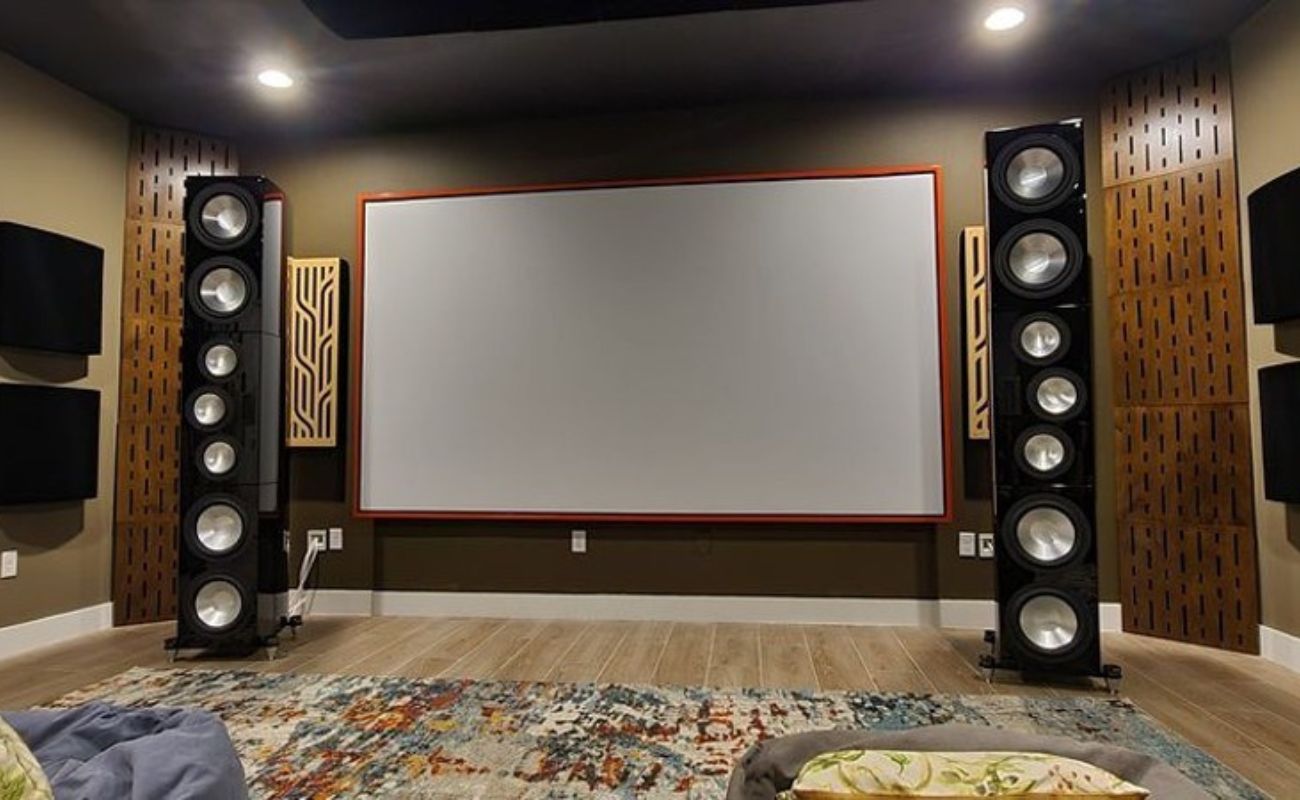
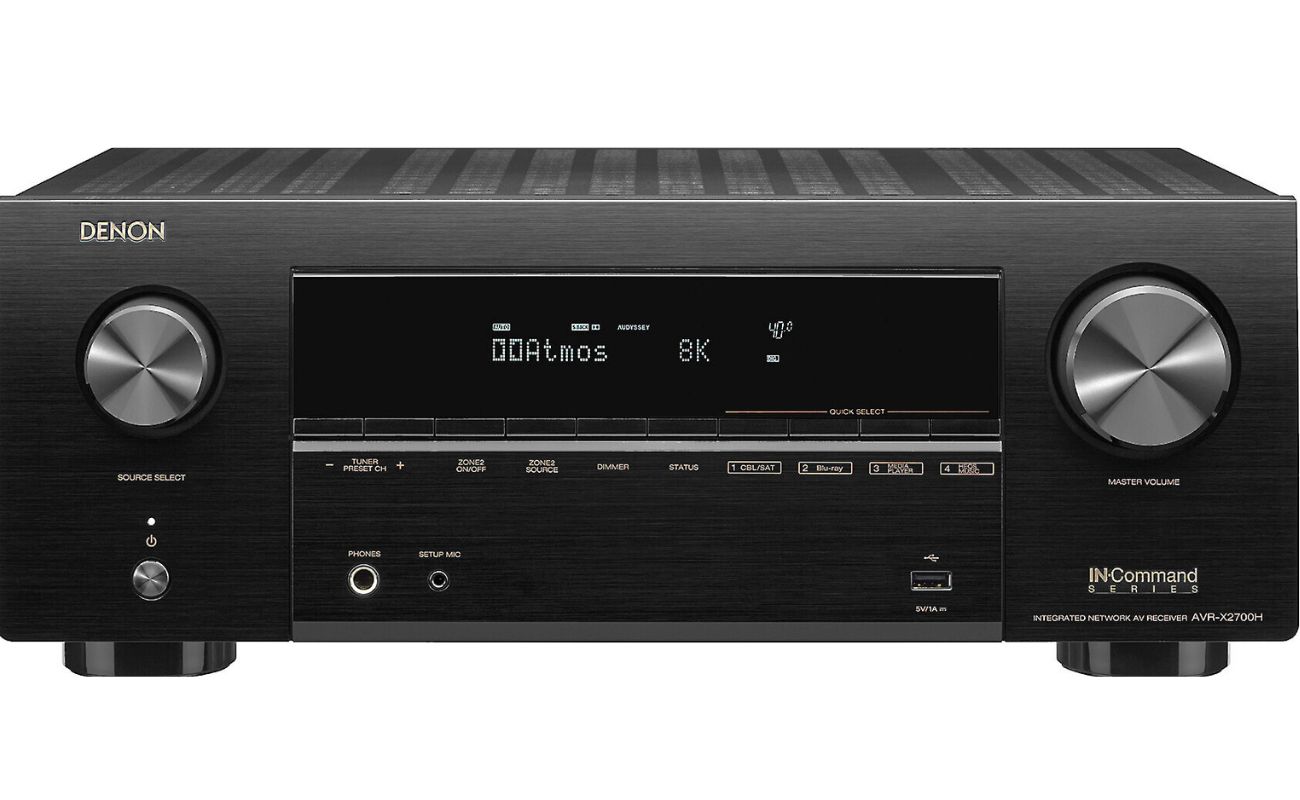
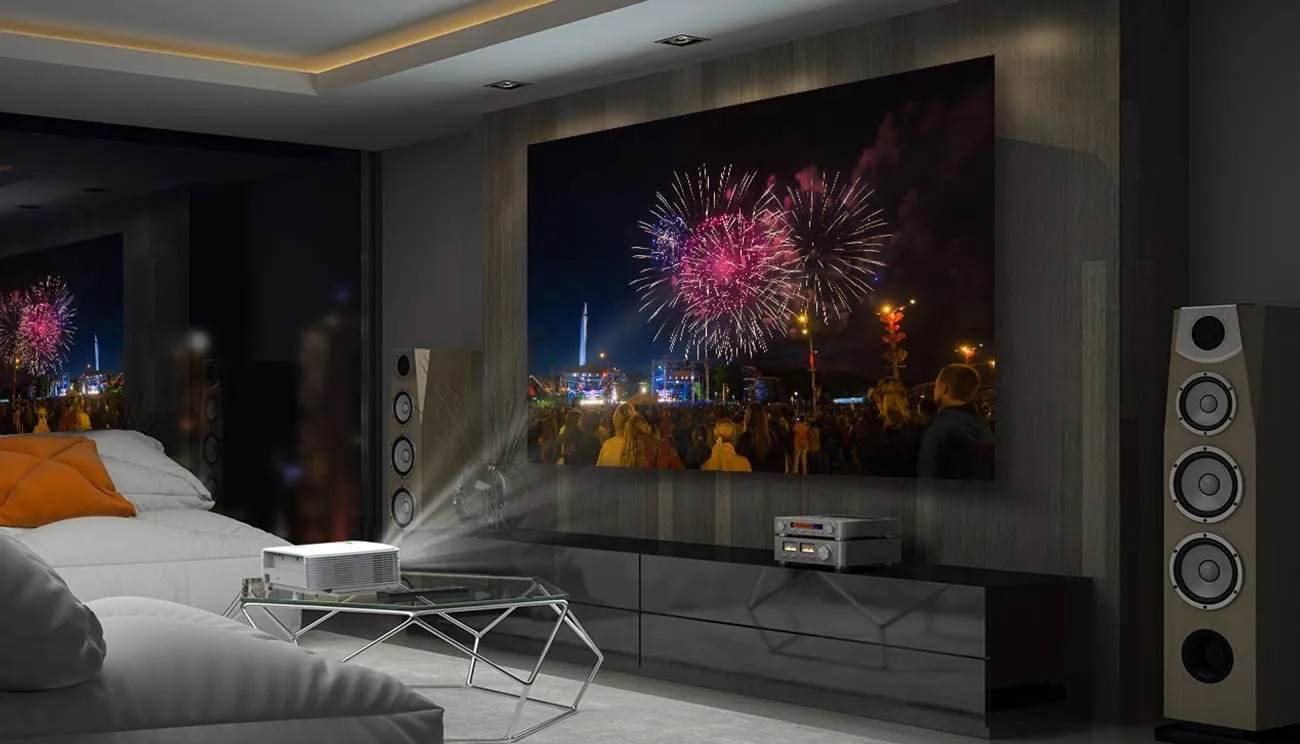
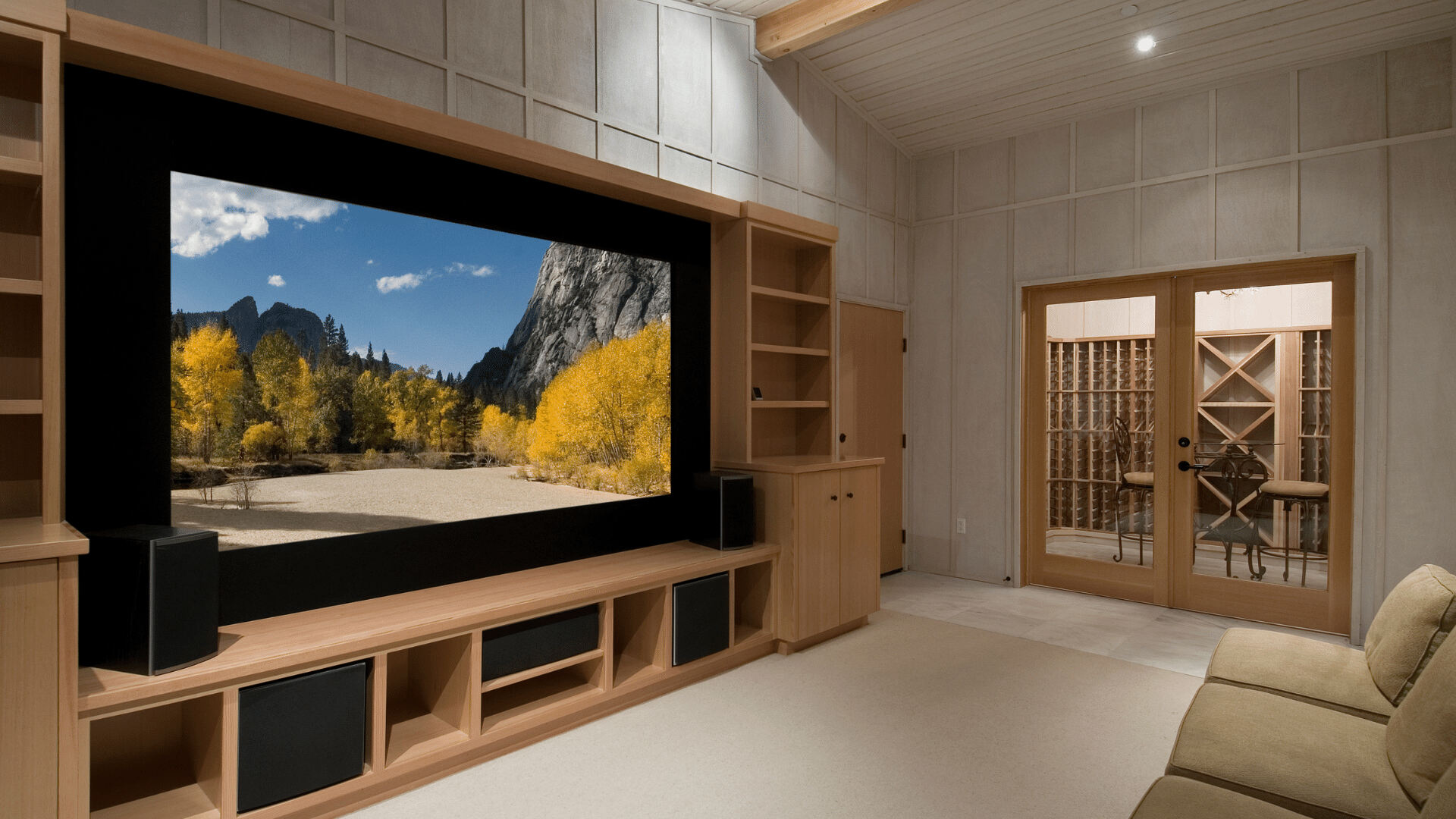
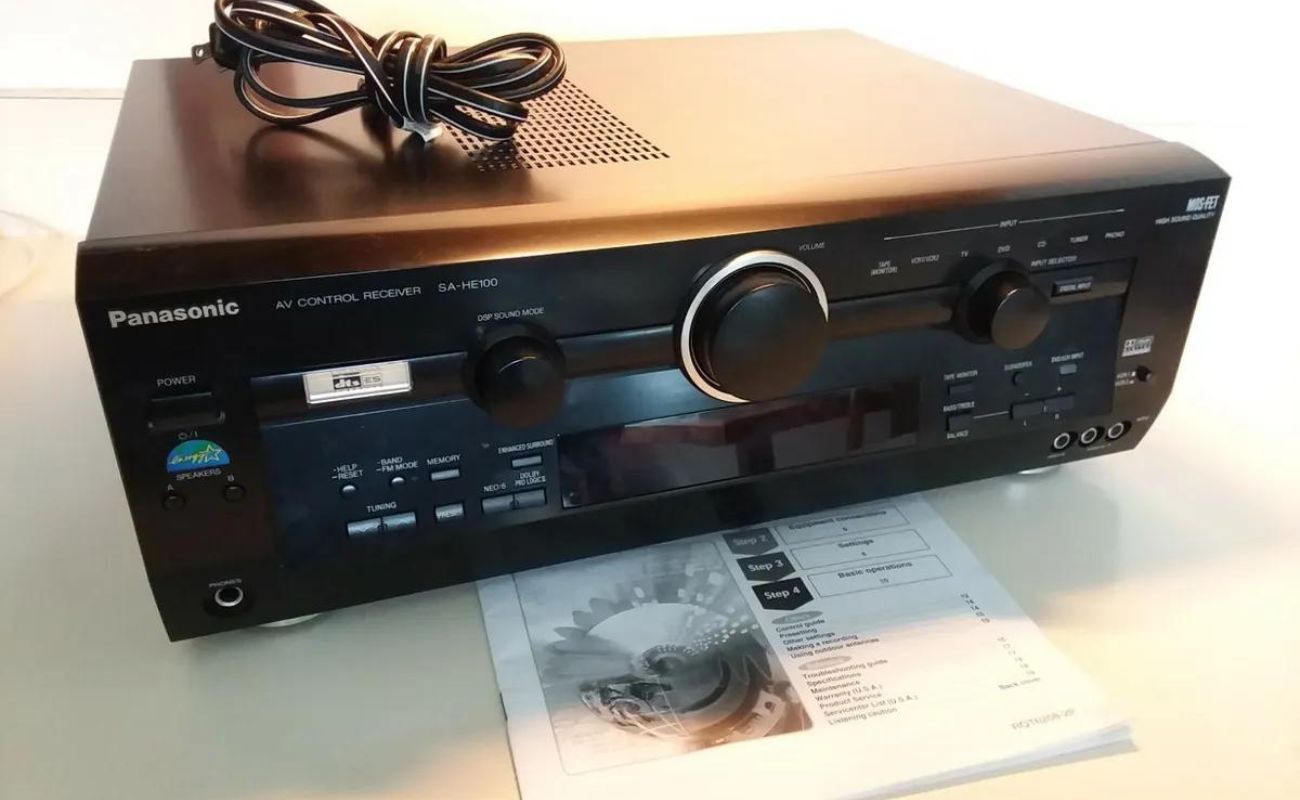
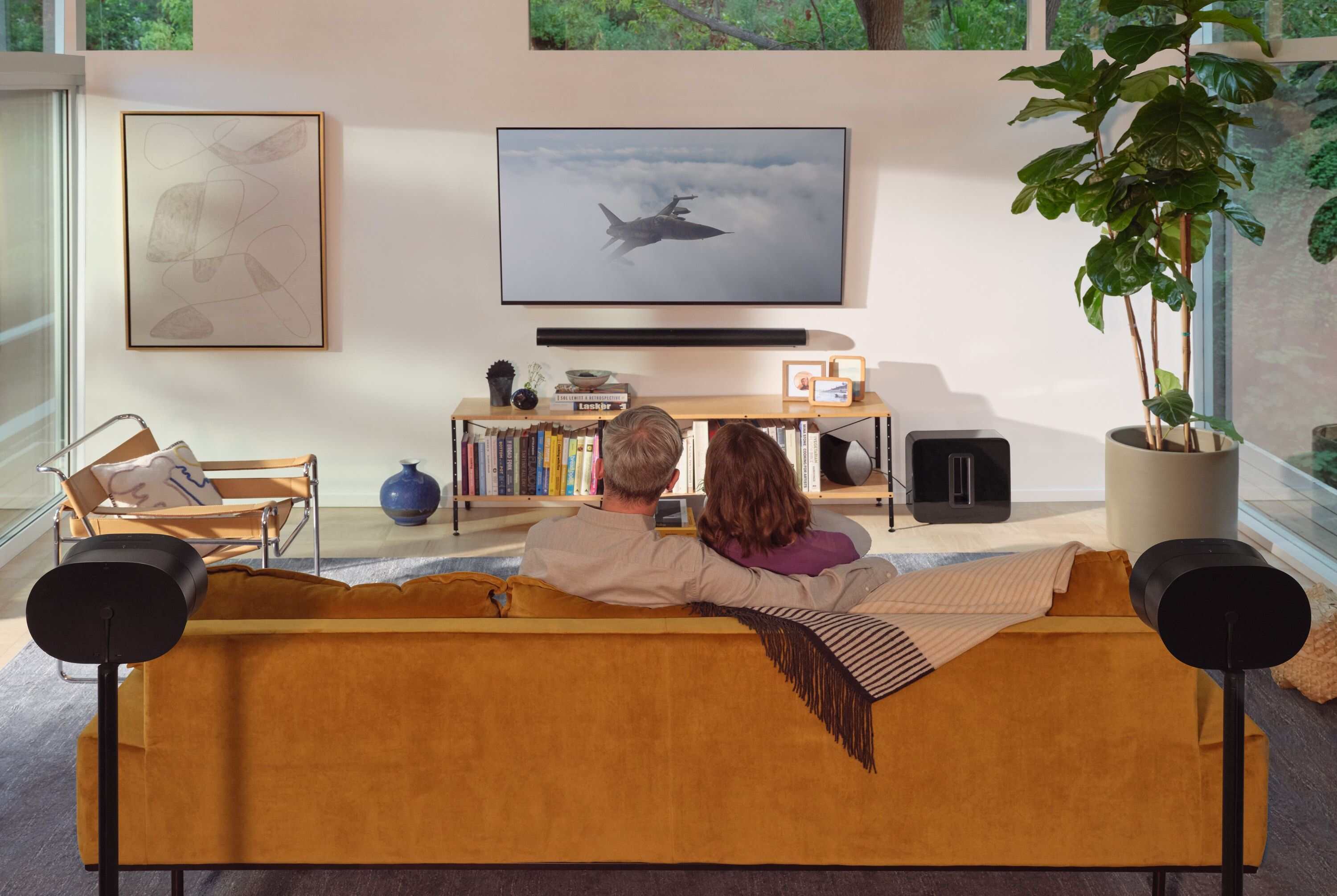

0 thoughts on “How To Improve Home Theater Sound”